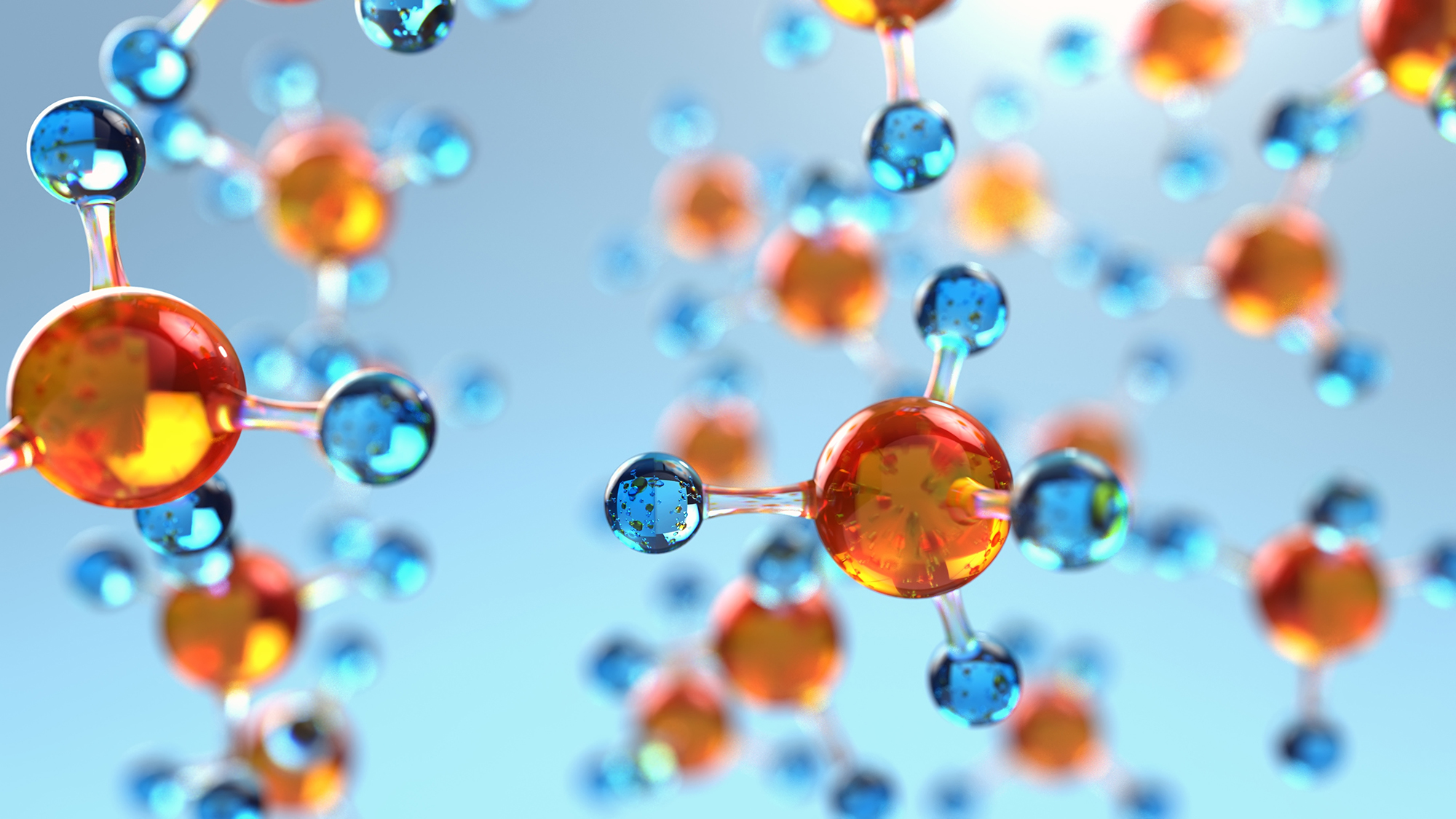IndustrialSensing
Do non-dispersive-infrared (NDIR) gas sensors have advantages?
A core competence of m-u-t is the development and production of NDIR gas sensors, providing stable and reproducible measurement results due to their robust optical technology. Our optical NDIR gas sensors offer further advantages: selectivity (low cross-sensitivity to other gases), accuracy, long-term stability, sensitivity and resolution.

